THE VALUE OF GÕOD EYESIGHT
NEURO-OPHTHALMOLOGY
There are different neural and brain problems that manifest themselves visually. Dysfunction of some cranial nerves can affect the eye, the pupil, the optic nerve, or the extraocular muscles. Neuro-ophthalmology arises from this interconnection between the brain and sight; it is a medical subspecialty responsible for the study of vision alterations secondary to pathologies of the nervous system. Neuro-ophthalmological disorders are divided into two large groups, those affecting visual function and those affecting motor function.
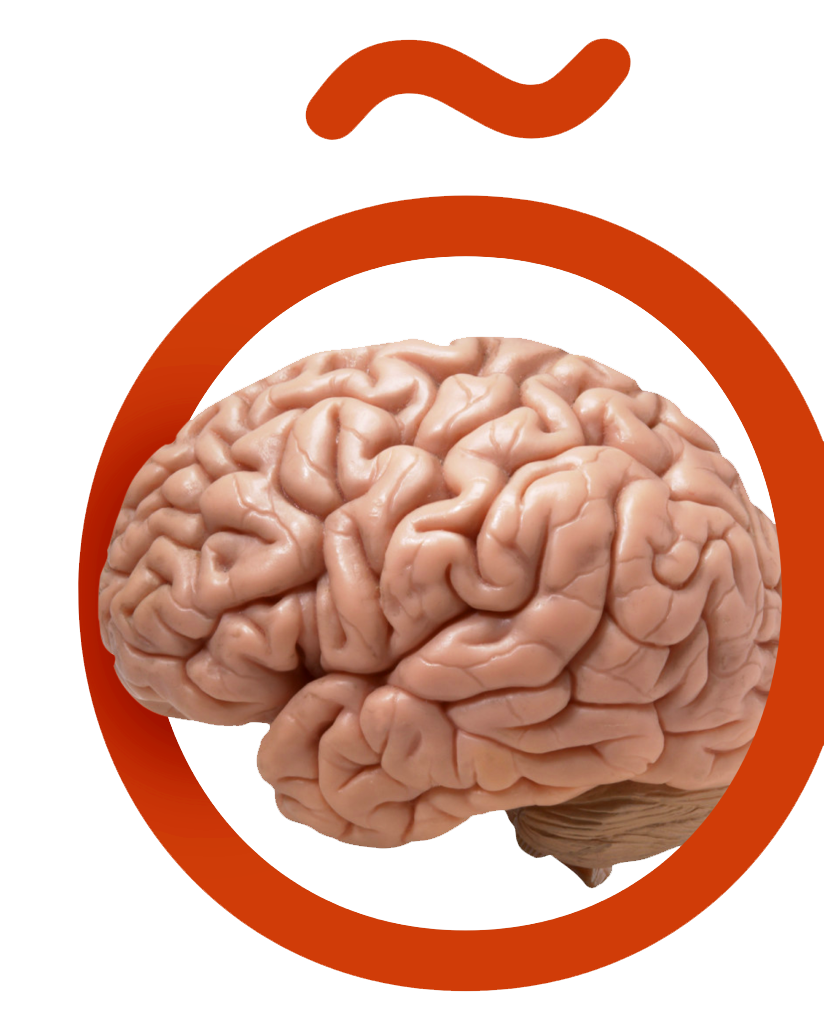

At visiõnclínic+ we offer our patients comprehensive care for neuro-ophthalmological disorders. We have the latest technology for diagnosis, and expert professionals able to discover the causes and offer the best treatment for each case.
Ophthalmologist specialist in neuro-ophthalmology
FIRST VISIT AND EYE EXAMINATION
Diagnosing the neuro-ophthalmological alteration in time and knowing what the cause is essential to be able to offer effective treatment. Because of this, it is important to have a complete eye and neurological examination when the first symptoms appear.

WHY CHOOSE VISIÕNCLÍNIC+ TO TREAT NEUROOPHTHALMOLOGICAL DISEASES?

DISTINGUISHED EXPERIENCE
At visiõnclínic+ we are leaders in the diagnosis and treatment of neuro-ophthalmological disorders. Dr. Bernardo Sánchez Dalmau is our top specialist in the field. He will be the one to diagnose, treat and monitor all pathologies related to the optic nerve, the visual pathway, the cerebral cortex, the central nervous system, the eye muscles, pupillary disturbances and alterations in the control of the closing and opening of the eyelids.

LEADING-EDGE TECHNOLOGY
The new surgical area of visiõnclínic+ is equipped with the most recent advances both for the diagnosis and treatment of neuro-ophthalmological disorders. If the pathology requires surgery, at visiõnclínic+ we will offer you procedures performed with minimally invasive techniques.

MULTIDISCIPLINARY TEAM
Our Neuro-Ophthalmology Unit is based on direct collaboration between our team, made up of ophthalmologists from the Clínic Barcelona and barnaclínic+, and the Neurology team of the same hospital, a benchmark in the diagnosis and treatment of disorders of the nervous system. We also work with a team of optometrists to offer you a comprehensive range of services in support of your visual health.

LEADERS IN RESEARCH
Belonging to a university hospital such as Clínic Barcelona means we are always up-to-date on the latest developments through continuous research carried out by all visiõnclínic+ staff. Our expert professionals in neuro-ophthalmology have published studies in the main scientific journals of the specialty. In addition, the commitment to a translational research model makes us capable of transforming scientific knowledge into tangible results for the patient.

TREATMENTS BASED ON SCIENTIFIC EVIDENCE
All the treatments we offer at visiõnclínic+ are based on published scientific evidence. Our research results in the field of neuro-ophthalmology allow us to design new therapies and clinical trials to improve the management of these diseases and test new neuroprotective drugs. In this sense, one of the research lines of Dr. Bernardo Sánchez Dalmau studies the incidence of optic neuritis to improve its approach, especially in cases linked to inflammatory diseases of the brain such as Multiple Sclerosis, Neuromyelitis Optica or anti-MOG disease.


DIAGNOSIS OF NEUROPHTHALMOLOGICAL ALTERATIONS
For the diagnosis of any neuro-ophthalmological pathology, a thorough neurological and ophthalmological study is necessary, since it can be the expression of other significant general diseases (cardiovascular problems, diabetes, lupus, multiple sclerosis, etc). With the help of imaging diagnostic techniques such as Optical Coherence Tomography, CT or cranial MRI and other electrophysiological tests, we can detect them in time and accurately, thus avoiding possible sequelae. Treatments are usually much more effective the earlier the disease is diagnosed. It may also be necessary to do a pupil study, an eye fundus (retinography) or computerised campimetry.
NEUROOPHTHALMOLOGICAL DISORDERS OF THE VISUAL FUNCTION OR OPTICAL NEUROPATHIES
Optic neuropathies are all diseases that affect the optic nerve (the nerve that transmits information from the retina to the visual cortex of the brain) and usually manifest as sudden vision loss in one or both eyes. Within optic neuropathies, several pathologies are particularly significant.
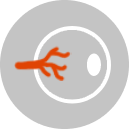
OPTIC NEURITIS
Optic neuritis is characterised by a sudden loss of vision, usually unilateral, caused by an inflammation of the optic nerve that can occur in isolation or in the context of multiple sclerosis. In most cases, vision recovers after a few weeks, although the use of high-dose corticotherapy, whether intravenous or its oral equivalent, accelerates recovery.

ISCHEMIC OPTIC NEUROPATHY
Ischemic optic neuropathy manifests as a sudden unilateral loss of vision due to an infarction in the nerve head. It usually happens in people aged 50 and above, with diabetes or hypertension problems with a history of vascular pathology. It is not uncommon for the same picture to appear after some time in the contralateral eye.
Infarction of the disc or head of the optic nerve can also happen in the context of temporal arteritis, a disease that usually affects people over 70 years old. Should this disease be suspected, the start of treatment with high-dose corticosteroids becomes urgent. The biopsy of the temporal artery will confirm the diagnosis. Toxic-nutritional optic neuropathies and Leber’s hereditary optic atrophy should also be considered in the differential diagnosis of optic neuropathies.

AMAUROSIS FUGAX
Amaurosis fugax is the temporary loss of vision in one eye due to a momentary blockage of blood circulation in the retina, which can last seconds or minutes. These episodes of transient, monocular blindness of short duration do not constitute a disease in themselves, but are a sign of other disorders. The cause can be anything from inflammation of the optic nerve (optic neuritis) to vasculitis (blood vessel disease that causes inflammation of medium and small arteries, occasionally causing irreversible damage), systemic lupus erythematosus, multiple sclerosis or injury in the head.

MIGRAINE VISUAL AURAS
A visual aura is a type of migraine that involves temporary eye disturbances such as flashes of light, blurred vision or blind spots, among others. Even episodes of complete blindness have been described, secondary symptoms to the alteration of the occipital cortex. There are exceptional cases of retinal migraine, where the visual disorder is caused by a lack of blood supply to the optic nerve or retina.

VISUAL FIELD DEFECTS
Alterations in the afferent visual pathway (from the retina to the occipital cortex) can cause unilateral or bilateral visual field defects. If it affects an optic nerve, it will only lead to changes in that eye, but changes in the chiasm (such as pituitary tumours), optical radiation or in the occipital area (vascular lesions, tumours, inflammation) can become visual field defects that affect both eyes. The identification of these campimetric defects, as well as the follow-up, allows the control and evaluation of the causal pathology.
NEURO-OPHTHALMOLOGICAL DISORDERS OF MOTOR FUNCTION
Pathologies that affect the eye muscles are usually manifested by double vision (diplopia), spasms or pupil changes. At visiõnclínic+ the study of the causes is carried out from our Neuro-Ophthalmology and Strabismus Unit.

DIPLOPIA
Diplopia or double vision happens when we perceive two images of the same object. There are different types of diplopia. In monocular diplopia, the double vision persists when one eye is closed, and in binocular diplopia, the double vision disappears when one eye is closed. Horizontal, vertical or diagonal diplopia also exist, depending on how the images overlap. And finally, diploplia can be temporary or continuous.
A complete neuro-ophthalmological assessment determines the cause to be able to address the treatment with guarantees. This study should include an assessment of ocular motility (ability to make eye movements in a coordinated manner), vision measurements, and complementary tests such as a complete general analysis or brain resonance, if there are signs of neurological damage. Thanks to the examination, we will know whether the condition corresponds to the paralysis of a certain oculomotor nerve (the causes of which can be aneurysms, diabetes, tumours or a cranioencephalic trauma) or whether it is a problem limited to the muscles.
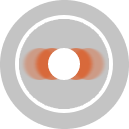
NYSTAGMUS
Nystagmus is a rare pathology that presents itself as a continuous, rapid, involuntary and repetitive movement of the eyes. The exploration of this alteration, through a personalised examination by an ophthalmologist, will indicate whether its origin is due to congenital, neurological causes (related to pathologies of the nervous system, multiple sclerosis or brain tumours) or idiopathic (this would be infantile nystagmus, which appears during the first six months of life due to a defect in the neurological system responsible for stabilising the gaze).
Treatment will vary depending on the type of nystagmus. If it is caused by another associated pathology, specific treatment must be started as soon as possible. Botulinum toxin injections are usually used with the aim of causing some degree of paralysis in muscles associated with the eye and reducing movement. In addition, to prevent the pathology from leading to torticollis, we can use special glasses (with prisms) or muscle surgery.

BLEPHAROSPAMS
Blepharospasms are manifested by eyelid spasms caused by spasmodic, involuntary and repetitive contractions of the eyelid muscles. In the most severe cases, they can become disabling for the vision to produce visual alterations, blurred vision or sensitivity to light. Because of this, they must be dealt with as quickly as possible.
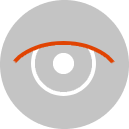
PTOSIS (DROOPING OF THE EYELID)
Palpebral ptosis is the drooping of the upper eyelid. It usually arises from a dysfunction of the levator muscle, due to degenerative or congenital causes. The weakness of this muscle can also cause the inability to close the eye. If the ptosis is bilateral, a disease or muscular dystrophy, a thyroid disorder or myasthenia gravis must be suspected. It should be noted that the progressive drooping of the eyelids is characteristic of the elderly and must be distinguished from other pathologies.

ALTERATIONS OF THE PUPILS
Alterations of the pupil are usually manifested when the size of the pupils decreases symmetrically in their exposure to light (afferent pupillary defects) or when pupillary asymmetry or anisocoria occurs (pupillary defects efferents). In a neuro-ophthalmological visit, the pupillary examination is an essential part to determine the size, symmetry, shape of the pupils, the response to light, etc. Based on this information we will be able to diagnose if it is secondary alterations to drugs, paralysis of the III cranial pair, Horner’s syndrome, Adie’s pupil or another type of pathology.
DO YOU WANT TO STAY UP TO DATE ON OUR LATEST TREATMENTS, NEWS AND OFFERS?

VISIÕNBLOG+
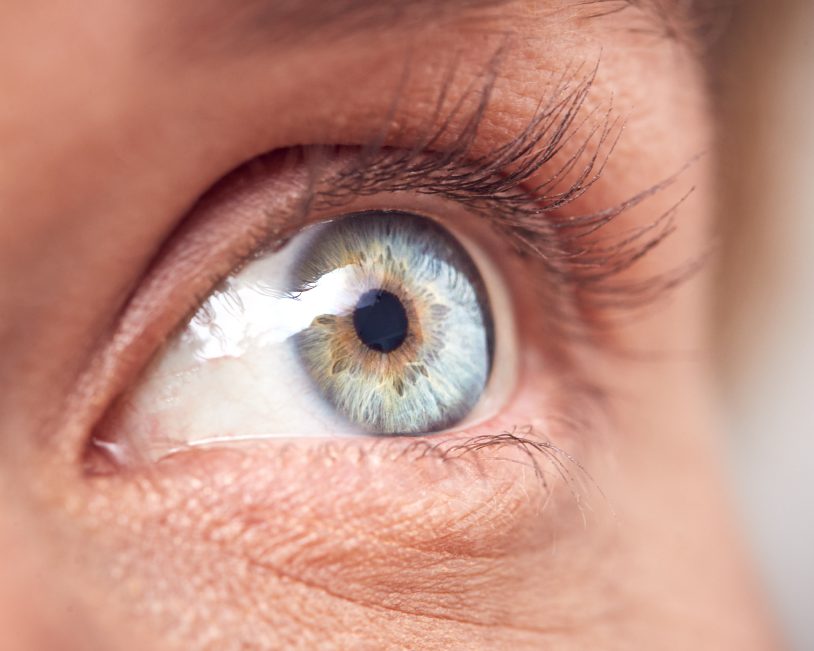
Uveitis due to viral infections: the most common and highly impactful ocular infections
Did you know that several infectious diseases can cause uveitis? Among them, three viruses stand out as the main culprits: herpes simplex, varicella zoster, and cytomegalovirus. Although little known by the general population, uveitis can be serious and significantly affect eye health if not diagnosed and treated promptly. We discussed this with Alfredo Adán, an international expert in uveitis.

Dry eye syndrome: what are the best treatments?
Dry eye is one of the most common eye diseases. Although it is chronic, fortunately, we have many therapeutic alternatives to improve the patient’s quality of life and make their symptoms disappear. Josep Torras, our ophthalmologist specialising in cornea and dry eye, details the therapeutic ladder available to achieve this.

Pars planitis, a common eye inflammation in childhood
Pars planitis is an inflammation of a specific part of the eye called the pars plana, located in the most peripheral part of the retina. With very typical clinical signs, it is common to suffer from it in childhood. About prognosis and treatment options we spoke with Dr. Alfredo Adan, specialist in uveitis at visiõnclinic+.


